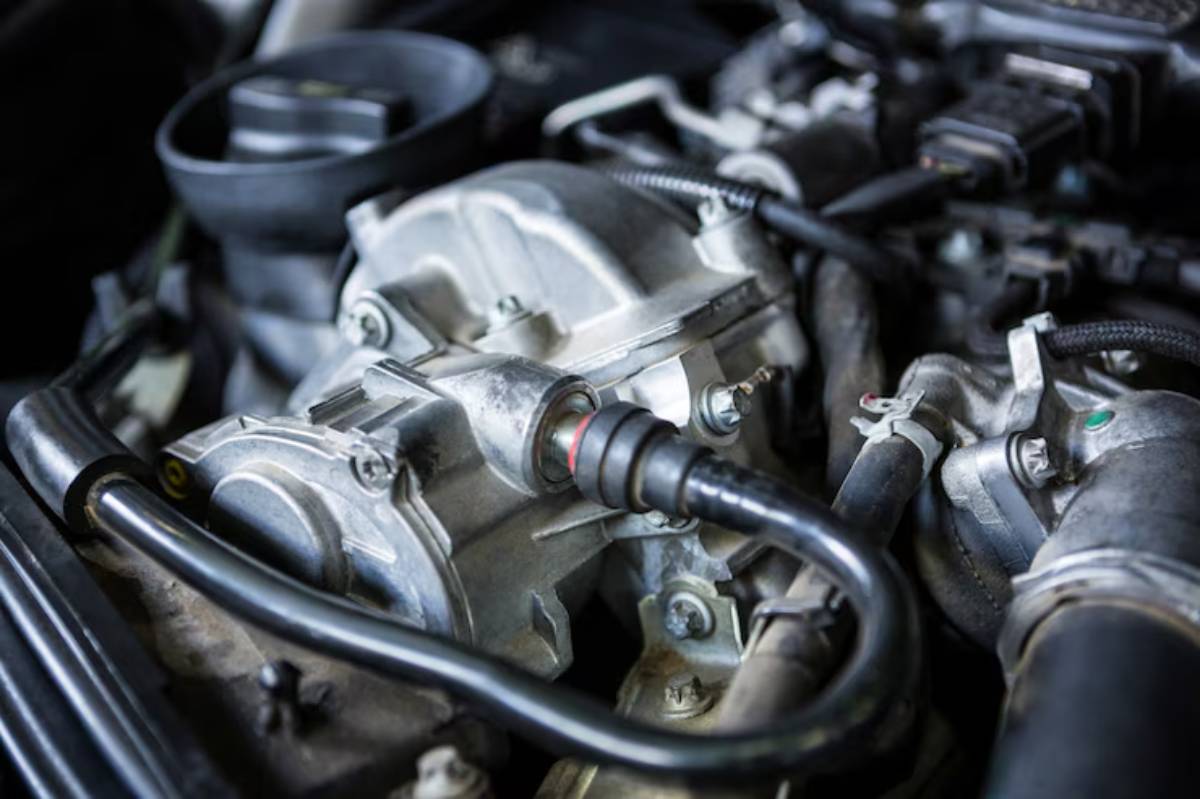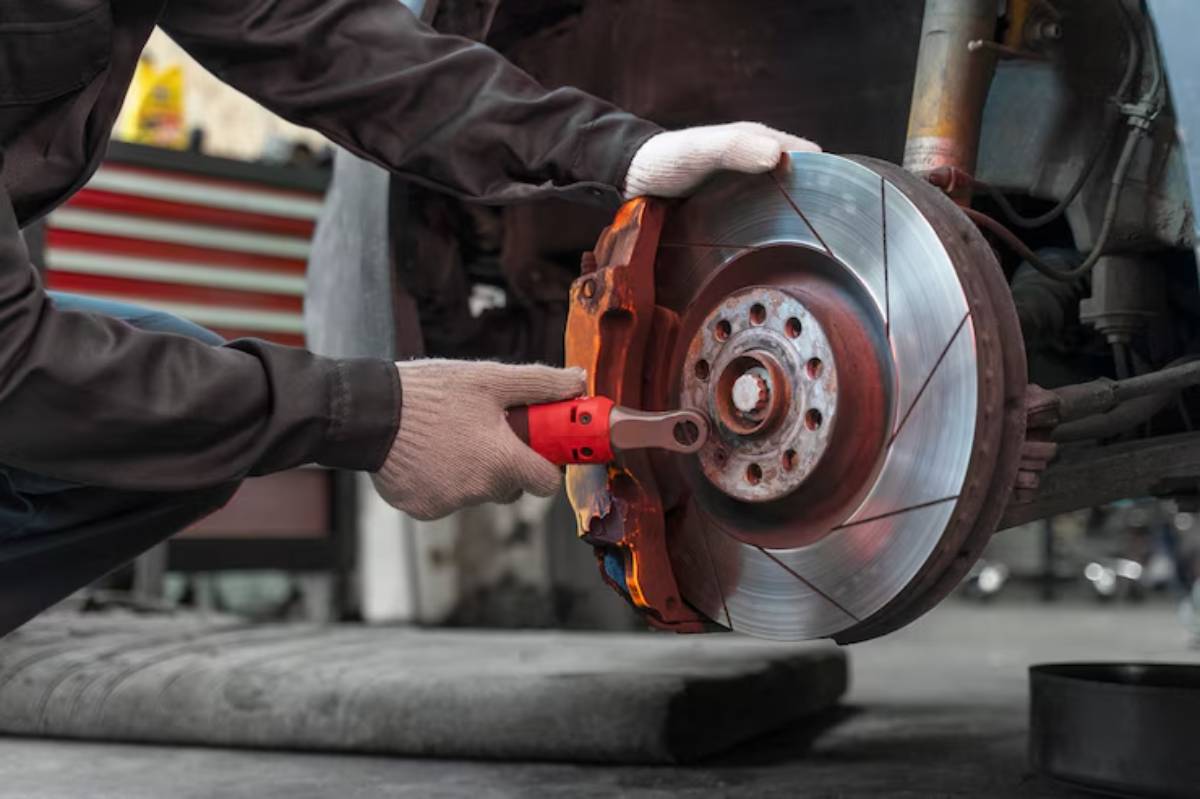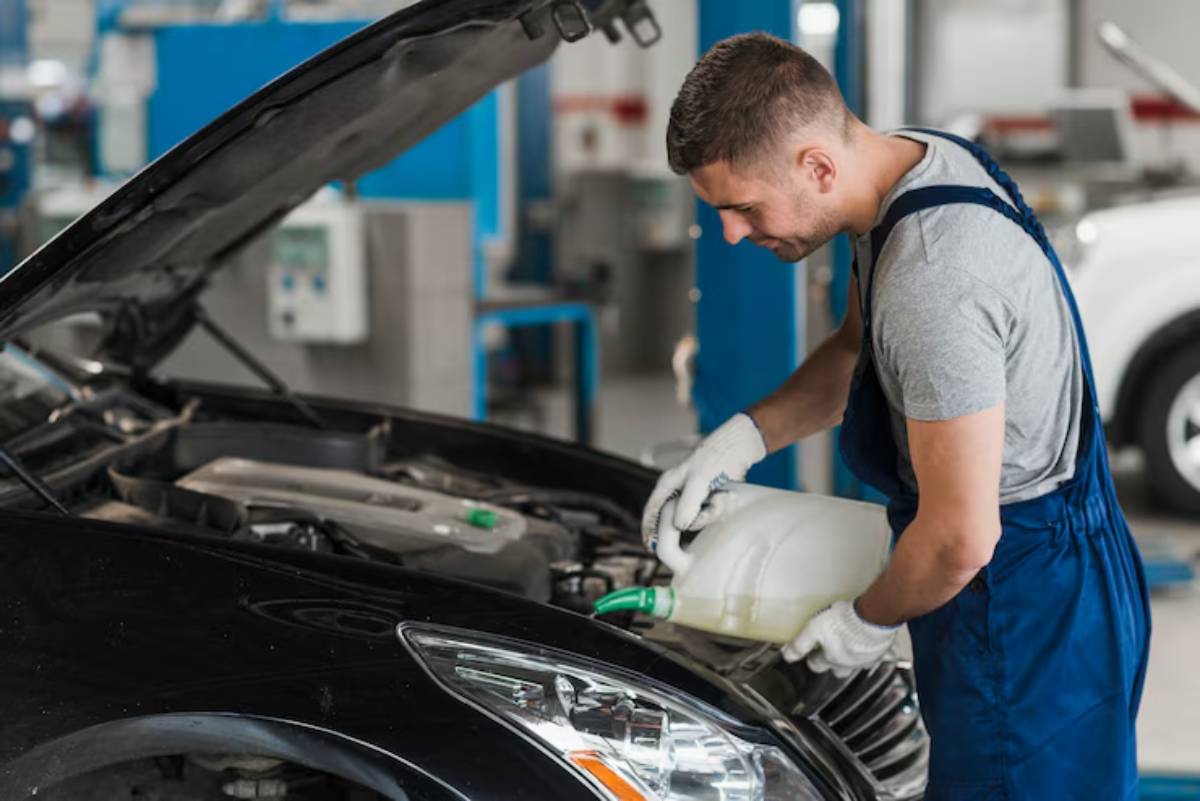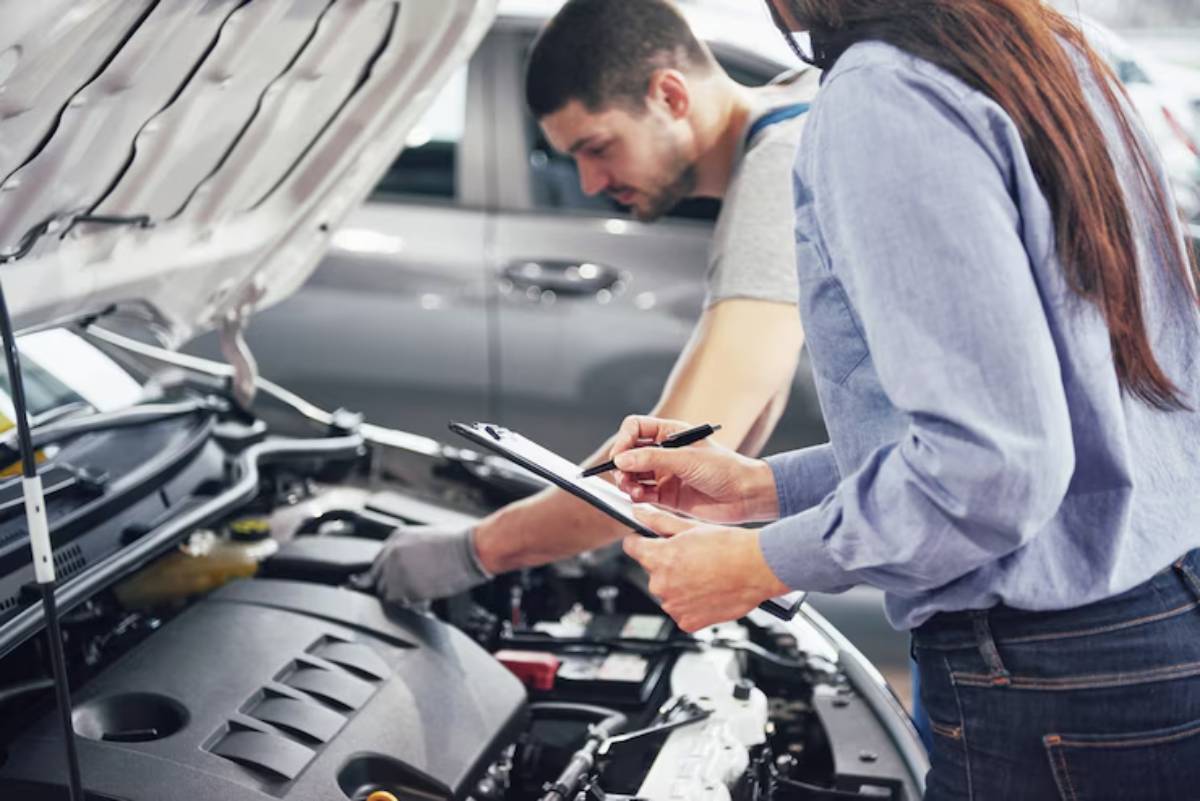
Monthly Hybrid Maintenance Checklist: Stay Efficient Year-Round
Hybrid cars are marvels of modern engineering — sleek, fuel-efficient, and environmentally conscious. But even the most sophisticated hybrid requires more than just a full tank and a turn of the key. To keep your vehicle running at its best, regular maintenance isn’t just advisable — it’s essential.
Unlike conventional petrol vehicles, hybrids have unique systems—battery packs, regenerative braking, electric drive motors—that require tailored care. Neglecting upkeep might not show immediate signs, but over time, it can erode performance, reduce fuel efficiency, and shorten the life of your hybrid components.
This article offers a practical monthly car checklist designed specifically for hybrids. You’ll learn what to inspect, adjust, and keep an eye on — all in manageable steps that take under an hour a month. Whether you’re a new hybrid owner or a seasoned driver, this guide will help you stay on top of your hybrid’s monthly routine with confidence.
1. Check Tyre Pressure and Condition
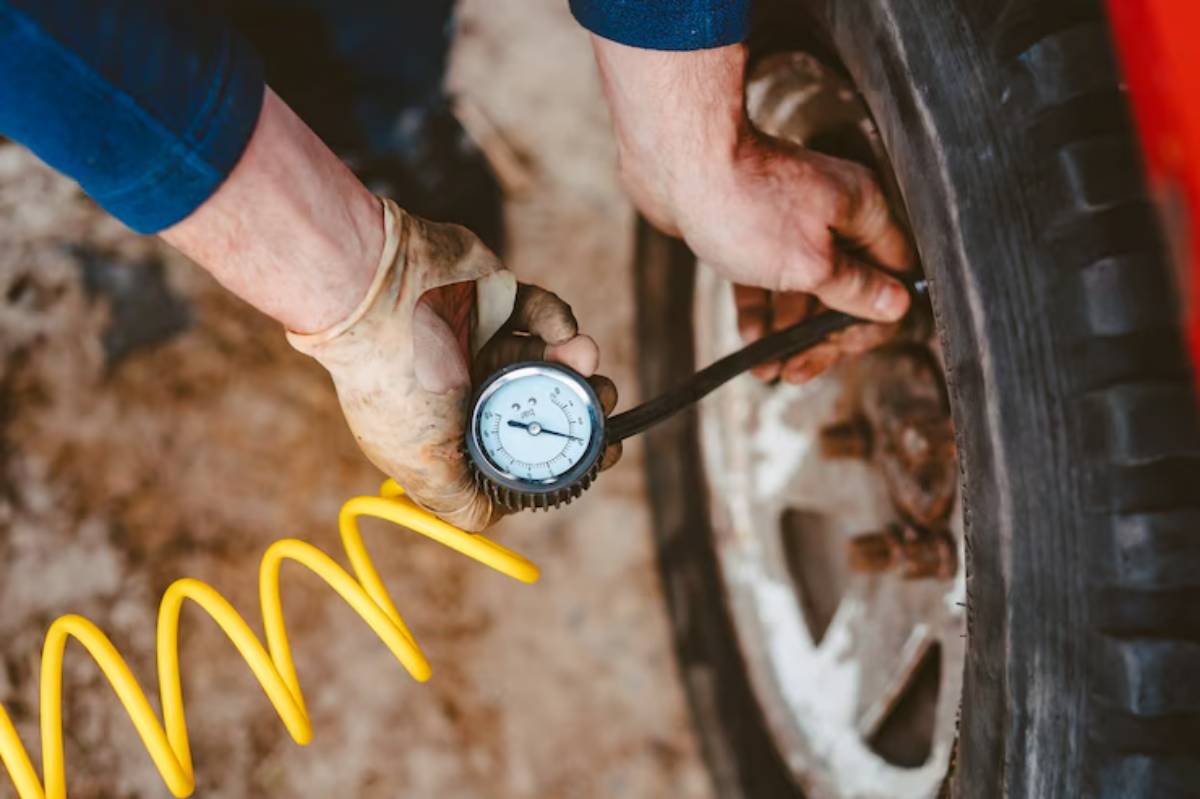
Why It Matters
Tyres are your only point of contact with the road. And in hybrids, properly inflated tyres help maintain low rolling resistance, directly impacting fuel economy and ride smoothness.
What to Do
- Check pressure when tyres are cold, ideally in the morning.
- Use a reliable pressure gauge and inflate to the manufacturer’s recommended PSI (usually found inside the driver’s door).
- Inspect for uneven wear, cracks, bulges or embedded debris.
Tip: Low-pressure tyres in hybrids don’t just reduce efficiency — they compromise regenerative braking performance too.
Explore More: Discover how tire rotation frequency for hybrid cars affects efficiency and tyre life.
2. Monitor Battery Health Indicators
Why It Matters
The hybrid battery system is one of your vehicle’s most expensive and vital components. Regular health checks prevent unexpected failures and help catch early degradation.
What to Do
- Watch for dashboard warning lights related to the battery or hybrid system.
- Observe for reduced fuel economy or sluggish performance — both signs of battery stress.
- Some hybrids allow you to run a self-diagnostic test via the infotainment system.
If in doubt, have the battery system scanned using an OBD-II tool — many hybrids store error codes even before a light appears.
3. Inspect Brake Functionality and Regenerative Braking
Why It Matters
Your hybrid uses regenerative braking to recover energy and reduce wear on mechanical brake components. But if the system underperforms, both safety and efficiency suffer.
What to Do
- Pay attention to braking smoothness. Jerky or weak stops may indicate an issue.
- Check for squealing sounds or brake fade.
- Lightly press the brake pedal at low speeds and note if regenerative braking kicks in (usually shown on a display).
Don’t ignore brake issues. The regen system works in tandem with traditional brakes — both need to be in sync.
4. Top Up Washer Fluid and Inspect Wipers
Why It Matters
A clean windscreen is critical to safe driving, especially during the rainy UK months.
What to Do
- Top up washer fluid with a winter mix (in colder months) to avoid freezing.
- Check wiper blades for splits or streaking.
- Clean the rubber edges with a damp cloth to remove grime.
This is a simple task, but it goes a long way in keeping your view clear and safe.
5. Look for Fluid Leaks and Inspect Levels
Even hybrids rely on various fluids beyond fuel and washer mix.
What to Inspect:
- Engine oil: Hybrid engines may run less, but oil still degrades with time.
- Coolant: Crucial for both the engine and the battery cooling system.
- Brake fluid: Essential for responsive stopping power.
- Transmission fluid: Important in eCVT-equipped hybrids.
How to Check:
- Look under your car for any wet spots or coloured puddles.
- Use dipsticks and reservoir markers for level checks.
- Top up only with manufacturer-approved fluids.
If you notice regular topping up is needed, it might indicate a leak.
6. Clean the Cabin Air Filter
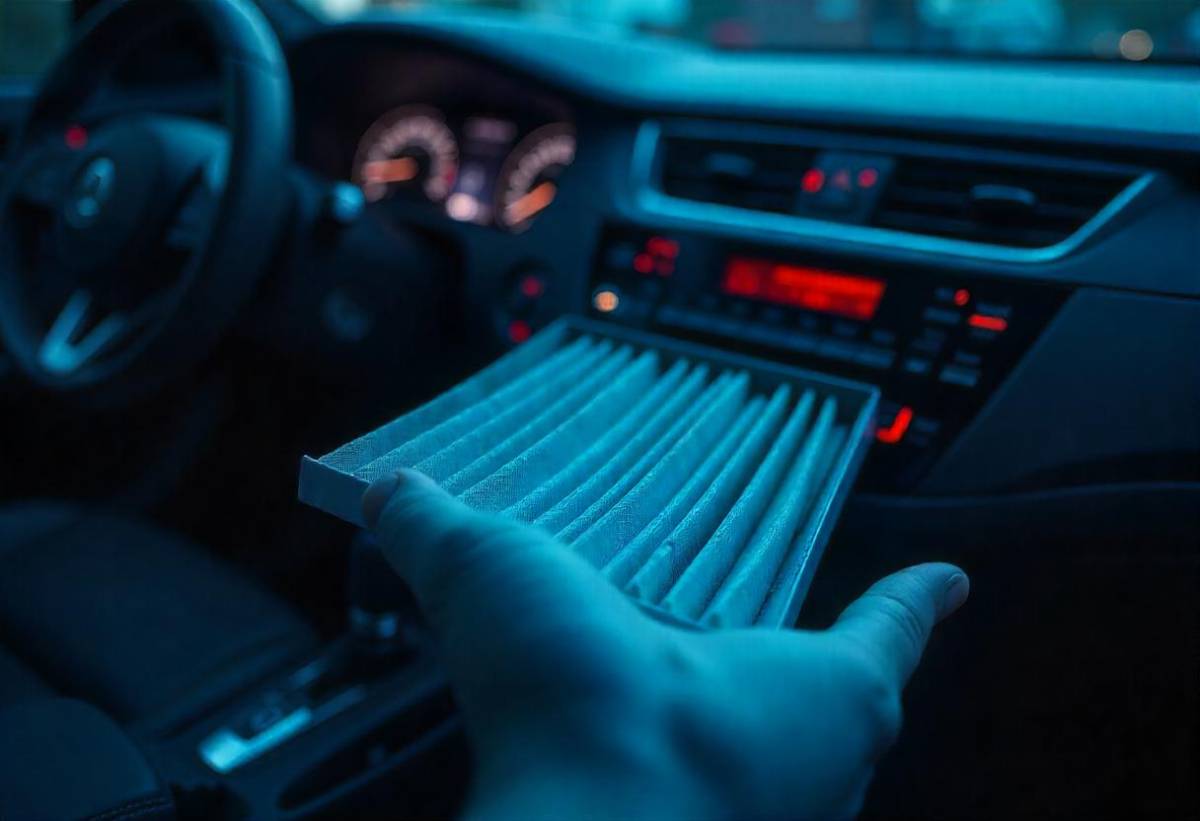
Why It Matters
The cabin air filter affects your car’s HVAC performance and interior air quality. In hybrids, where quiet operation is the norm, a clogged filter can even introduce unpleasant odours or fan noise.
What to Do
- Open the glovebox or access panel (most filters are DIY accessible).
- Inspect for dirt, leaves, or musty smells.
- Replace if it’s grey or filled with debris.
Best Practice: Check monthly, replace every 12,000 to 15,000 miles — or more often if you drive in dusty or urban environments.
For high-performance options, see our picks for the best cabin air filters for hybrid vehicles.
7. Review Dashboard Warning Lights
Hybrids are smart — they often alert you long before trouble becomes serious.
What to Do
- Power on and let the car run idle for a few minutes.
- Scan the dashboard for any alerts — yellow or red icons.
- Don’t ignore intermittent lights; document when they occur and seek help if they persist.
Common hybrid alerts include:
- Battery system malfunction
- Regenerative brake error
- Low tyre pressure (TPMS)
Use your owner’s manual or a scan tool to interpret codes.
8. Test Lights, Indicators and Horn
These small components often go unchecked but play a big role in safety and compliance.
Checklist:
- Headlights (low/high beams)
- Tail lights and brake lights
- Indicators and hazard lights
- Reversing lights
- Interior illumination
- Horn tone and volume
Have someone assist you or test them near a reflective surface or garage wall.
9. Listen for Unusual Noises During Idle and Driving
Your hybrid is designed to be quiet, so it helps you pick up on strange noises easily.
What to Listen For:
- Clicking or knocking from the engine or wheels
- Buzzing sounds from the battery area
- Whining noises from the transmission
These might suggest belt issues, worn bearings, or even early battery cooling fan failure.
Tip: Turn off the stereo and drive with the windows down for 5 minutes. You’ll notice things your usual routine might miss.
10. Clean Exterior and Undercarriage (Especially in Winter)
Road grime, salt and brake dust can take a toll on your hybrid’s finish and mechanical components.
Routine Cleaning Tasks:
- Wash off salt from the undercarriage after snow exposure.
- Clean wheels and tyre sidewalls to prevent rubber cracking.
- Wipe down window seals and rubber trim.
Waxing once every three months also helps protect paint and keep aerodynamics smooth — yes, even a clean surface helps efficiency.
Bonus: Create a Quick Maintenance Log
Tracking your monthly checks helps spot trends and catch issues early.
How to Set It Up:
- Use a notebook, smartphone app, or spreadsheet
- Record date, mileage, what was checked or changed
- Note any alerts, noises, or tyre pressures
This habit saves time when speaking to mechanics and supports warranty claims if needed.
Conclusion: A Little Each Month Goes a Long Way
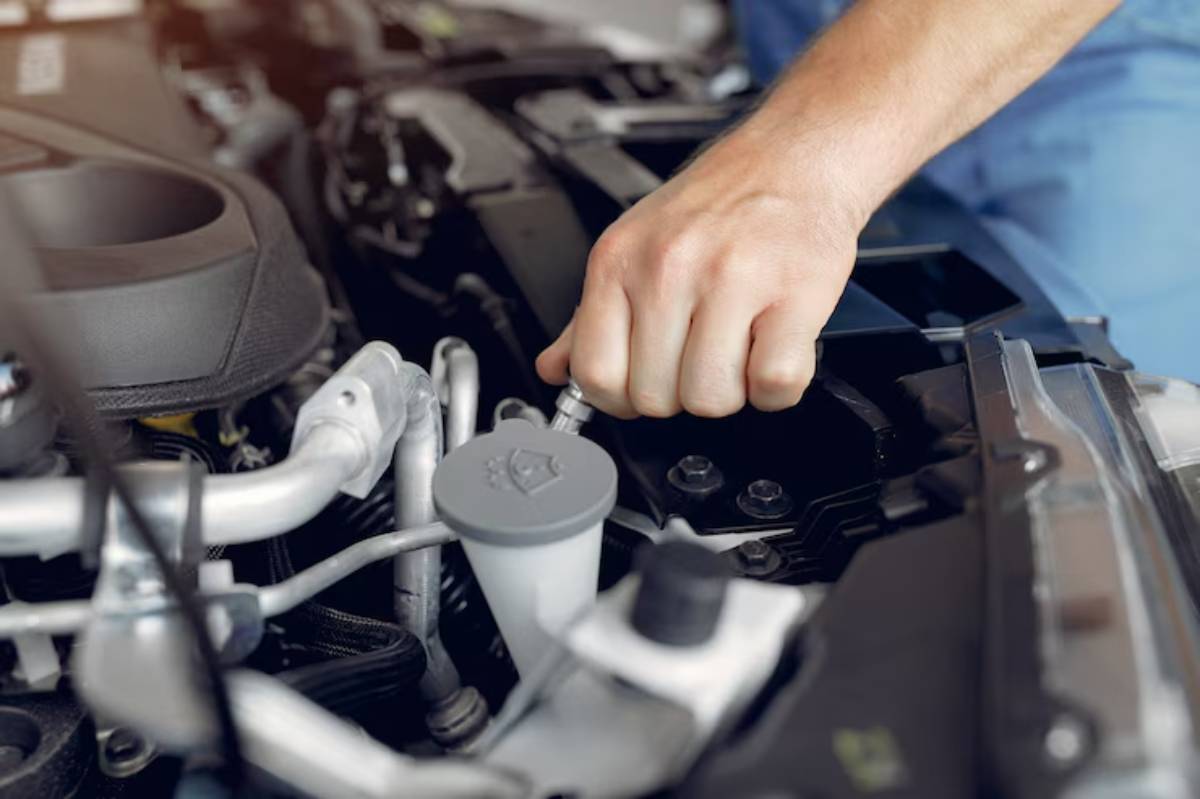
Maintaining a hybrid isn’t about overhauls or hours in the garage — it’s about consistency. With this monthly checklist, you can stay ahead of issues, preserve efficiency, and enjoy peace of mind knowing your car is ready for the road.
Let’s recap the benefits of a monthly hybrid maintenance routine:
- Keeps your battery and brakes in optimal shape
- Preserves tyre life and fuel economy
- Reduces the risk of costly breakdowns
- Helps catch small problems before they become big ones
Ready to make hybrid ownership smoother and smarter? Save this checklist or print it out, set a monthly reminder, and take 30–45 minutes each month to give your car the care it deserves.
